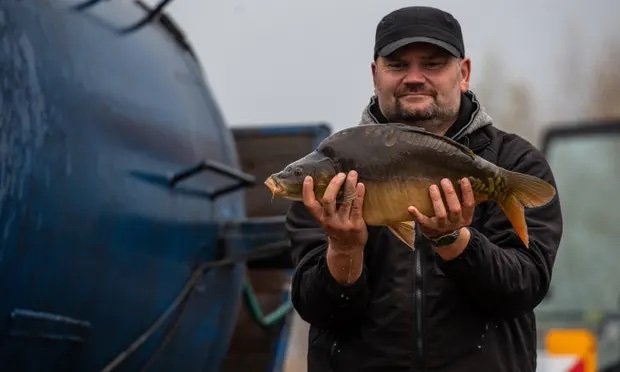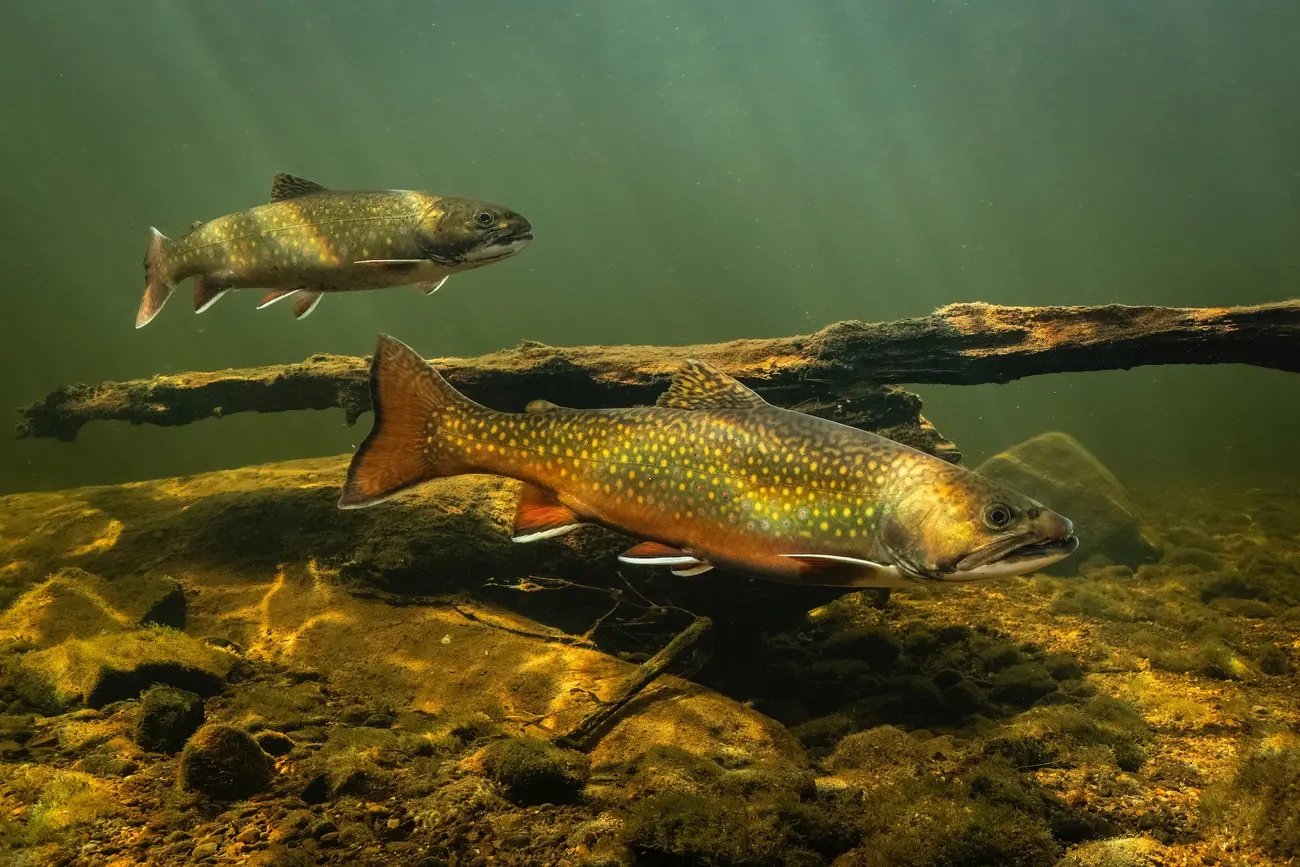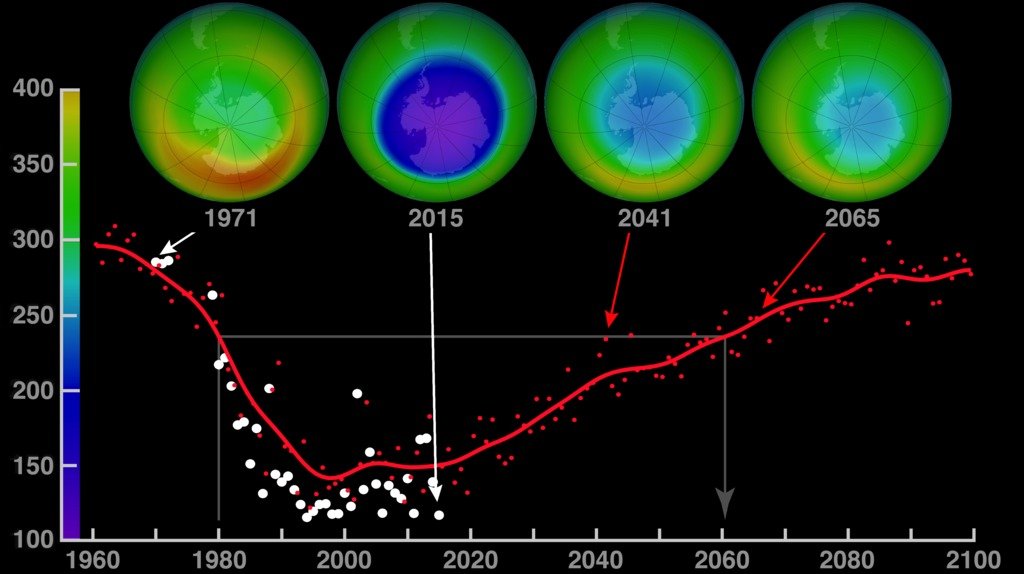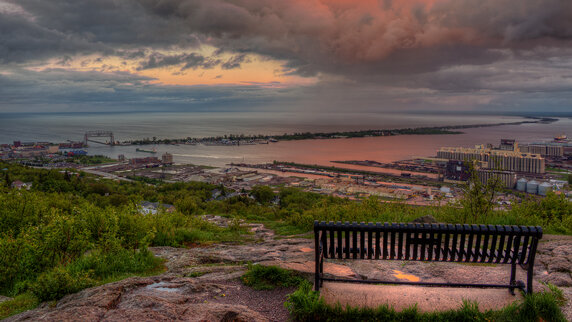MPR:
Are Minnesotans loving their lakes to death? Nearly half of wild shorelines that protect lakes from pollution are now gone. It’s possible to repair the damage, but is the will there to do it?
Join MPR News correspondent Kirsti Marohn as she explores these questions and takes us for a lake tour to see how suburban-style development is changing Minnesota’s lakeshores.
Funding for this series is provided in part by the Four Cedars Environmental Fund of the Duluth Superior Area Community Foundation.





















